

 |
Natural Edge Timber Slabs
Timber slabs, each unique in character, are available in both freeform
and straight shapes and are suitable for the following applications:
| |
-
Musical Instruments
-
Bathroom Vanities
-
Window Sills
-
Dining Tables
-
Coffee Tables
-
Bench-tops
-
Furniture
|
-
Kitchens
-
Bar tops
-
Turning
-
Carving
-
Signage
-
Shelves
-
Shop and Office fixtures
|
|
Length
|
Slab lengths are up to 5m |
Specifications |
Stress (F)
F1-F17 |
|
Width
|
Slab widths are up to 1m |
|
Hardness (H) H1-H6 |
|
Thickness |
Slab thickness is approximately 50mm,
particularly in the wider boards although we do stock 30mm and 40mm.
For table legs we stock 100mm. |
|
Durability
(D) D1-D6 |
|
|
Where F1 is least strong, H1 is hardest and D1 is most durable. |
The following
species are available in natural edge slabs.
|
ACACIA CEDAR
Paraserianthes toona |
|
 |
|
Several colour
and feature variations of this timber are available. The heartwood
is dark red with some yellow streaks on the surface causing a
striated pattern. The sapwood is white in colour. The grain is
coarse, large pored with pronounced lines and an occasional curly
grain. Alternatively the red heartwood and the white sapwood create
a swirling pattern. Machines and turns well to a smooth surface.
May be used
for furniture, cabinet making and joinery.
F7 F8 F11 F14 / H3 / D3 |
|
|
BLACK WATTLE
Acacia
aulacocarpa
|
|
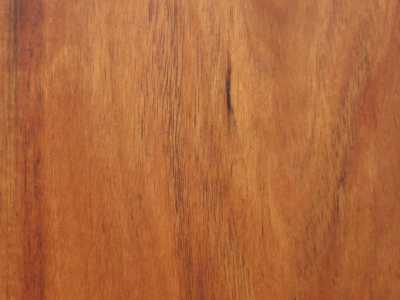 |
|
The heartwood varies from light brown to
chestnut often streaked with darker markings and bordered with
creamy white sapwood. The texture is medium to coarse with a
straight grain and lustrous texture. Relatively easy to machine and
turns to a smooth finish.
May be used for decorative purposes including
kitchens, furniture, shop and office fixtures, joinery and turning.
F7 F8 F11 F14 / H3 / D3 |
|
CALOPHYLLUM
Calophylum spp
|
|
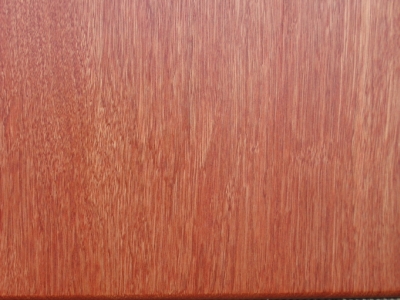 |
|
The heartwood varies from pink red to red
brown. The sapwood is pale brown in colour. The texture is coarse
open and uneven. The grain is interlocked, wavy or irregular
producing a streaky, ribbon or zigzag figure. Calophylum machines
and finishes
well.
May be used
for cabinetwork, joinery, panelling and turnery.
F7 F8 F11 F14 / H4 / D4 |
|
AFRICAN
MAHOGANY
Khaya spp
|
|
 |
|
The heartwood
is reddish, pinkish, salmon coloured or yellowish when fresh
deepening with age to a rich red brown. The sapwood is whitish to
yellowish in colour. The texture ranges from fine to coarse with a
high golden lustre. The grain is both wavy and curly with an
attractive figure. Fijian Mahogany is easy to work, finish and
excellent to polish.
May be used
for fine furniture, cabinet making, musical instruments, turnery and
carving.
H3 / D3 |
|
|
MAPLE
SILKWOOD
Flindersia pimenteliana |
|
 |
|
The heartwood
is pinkish in colour with a white to pale grey sapwood. The grain
pattern is variable being wavy, curly and interlocked. The timber
machines and turns well to a smooth surface.
May be used
for furniture, shop and office fittings, joinery, carving, turnery
and musical instruments.
F7 F8 F11 F14 / H4 / D4 |
|
|
NORTHERN
SILKY OAK Cardwellia
sublimis |
|
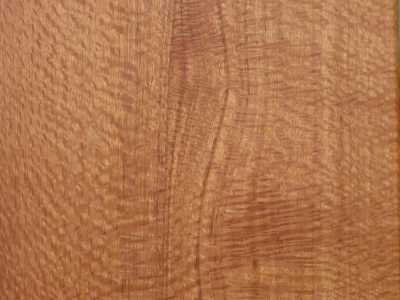 |
|
The heartwood
is pale pink to brown in colour with white sapwood. The grain is
straight, moderately coarse textured and variable with the broad ray
figure on the quarter-sawn surfaces. The timber machines and turns
well to a smooth surface.
May be used
for furniture, joinery, shop and office fittings, turnery, carving
and inlay work.
F5 F7 F8 F11 / H5 / D3 |
|
|
QUEENSLAND
MAPLE Flindersia
brayleyana |
|
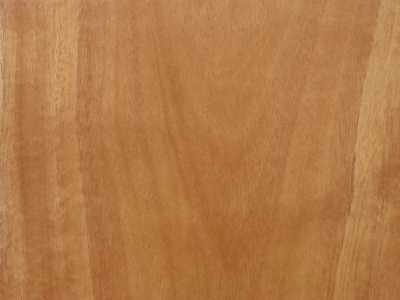 |
|
The heartwood
is pink to brownish pink in colour with a lustrous sheen. The
sapwood is coloured white to pale grey. The texture is medium and
uniform. The grain pattern is very variable being interlocked, wavy
or curly often with fiddle back, water wave or birds-eye features.
The timber
machines and turns well to a smooth surface.
May be used
for furniture, shop and office fittings, joinery, carving, turnery
and musical instruments.
F7 F8 F11 F14 / H4 / D4 |
|
|
Queensland Walnut
Endiandra palmerstoni |
|
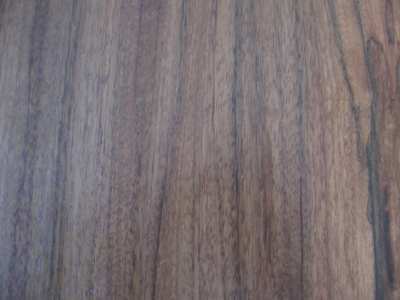 |
|
The heartwood
is usually brown in colour with streaks of chocolate brown to black
in longitudinal stripes. The sapwood is pale yellow. The texture is
uniform. The grain is moderately close and even, although it can be
wavy which results in a wide variety of figured effects. The timber
can be abrasive to machinery due to the presence of silica.
May be used
for musical instruments, furniture, shop and office fixtures and
turnery.
F8 F11 F14 F17 / H3 / D4 |
|
RAINTREE
Samanea saman
|
|
 |
|
The heartwood
is brown to dark brown in colour with a yellow to cream coloured
sapwood. The texture is medium to coarse with large pores. The grain
pattern is often wavy and curly and can be cross-grained.
May be used
for furniture, panelling and veneer.
H5 / D5 |
|
RED
CEDAR
Toona australis
|
|
 |
|
The heartwood
ranges in colour from red to a deep red-brown with a pale pink or
yellow sapwood, which is always distinctive from the heartwood. The
texture is coarse with an open grain pattern that is usually
straight. The occasional presence of a wavy interlocked grain can
produce an attractive fiddle back feature. Growth rings are obvious
in the natural edge slabs.
May be used
for furniture, joinery and turnery.
F4 F5 F7 F8 / H6 / D2 |
|
RED
MAHOGANY
Eucalyptus resinifera
|
|
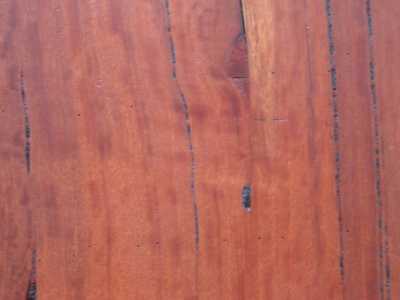 |
|
The heartwood
ranges in colour from red to dark red with a paler sapwood. The
timber generally has an even grain, which can be interlocked
producing an attractive figure. The texture is uniform and often
contains tight gum vein.
The timber
machines well and may be used for outdoor furniture, bar tops and
turnery.
F14 F17 F22 F27 / H1 / D2
|
|
|
ROSEGUM
Eucalyptus grandis |
|
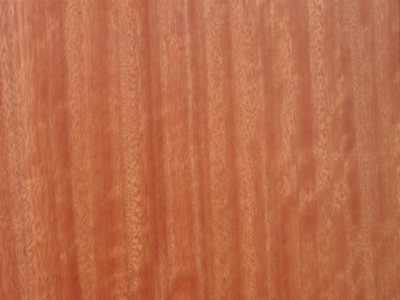 |
|
The heartwood
ranges in colour from pale pink to red brown with the sapwood
usually light brown but not clearly differentiated from the
heartwood. Timber is moderately coarse textured with a predominantly
straight grain or slightly interlocked pattern. Machines and turns
well to a smooth surface.
May be used
for indoor and outdoor furniture, joinery, carving and turnery.
F11 F14 F17 F22 / H3 / D3 |
|
WEST INDIAN
CEDAR
Cedrela odorata
|
|
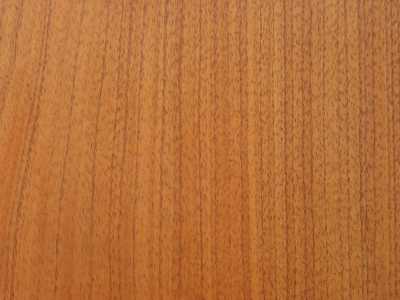 |
|
The heartwood
is pinkish to reddish- brown in colour and has prominent growth
rings. The timber can be described as an attractive wood with a
soft, fine and even texture and straight grain. Lustrous in
appearance, it has a pleasant ‘cedary’ odour and insect repelling
resin.
May be used
for fine furniture, cabinet making, musical instruments, turnery and
carving.
H5 / D5
|
|
Information courtesy of
Department of Primary Industries
|